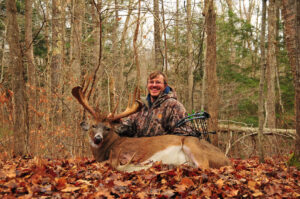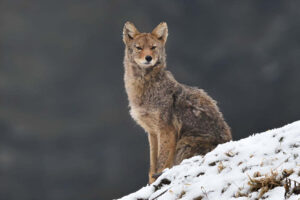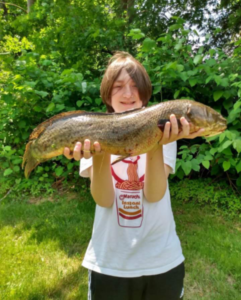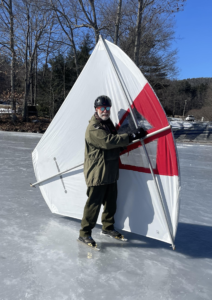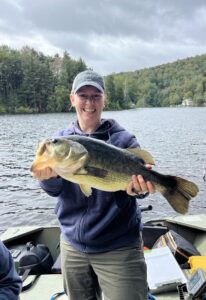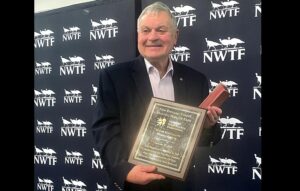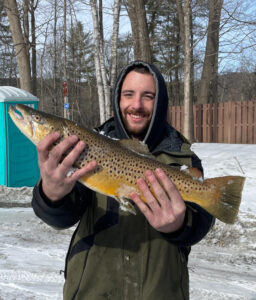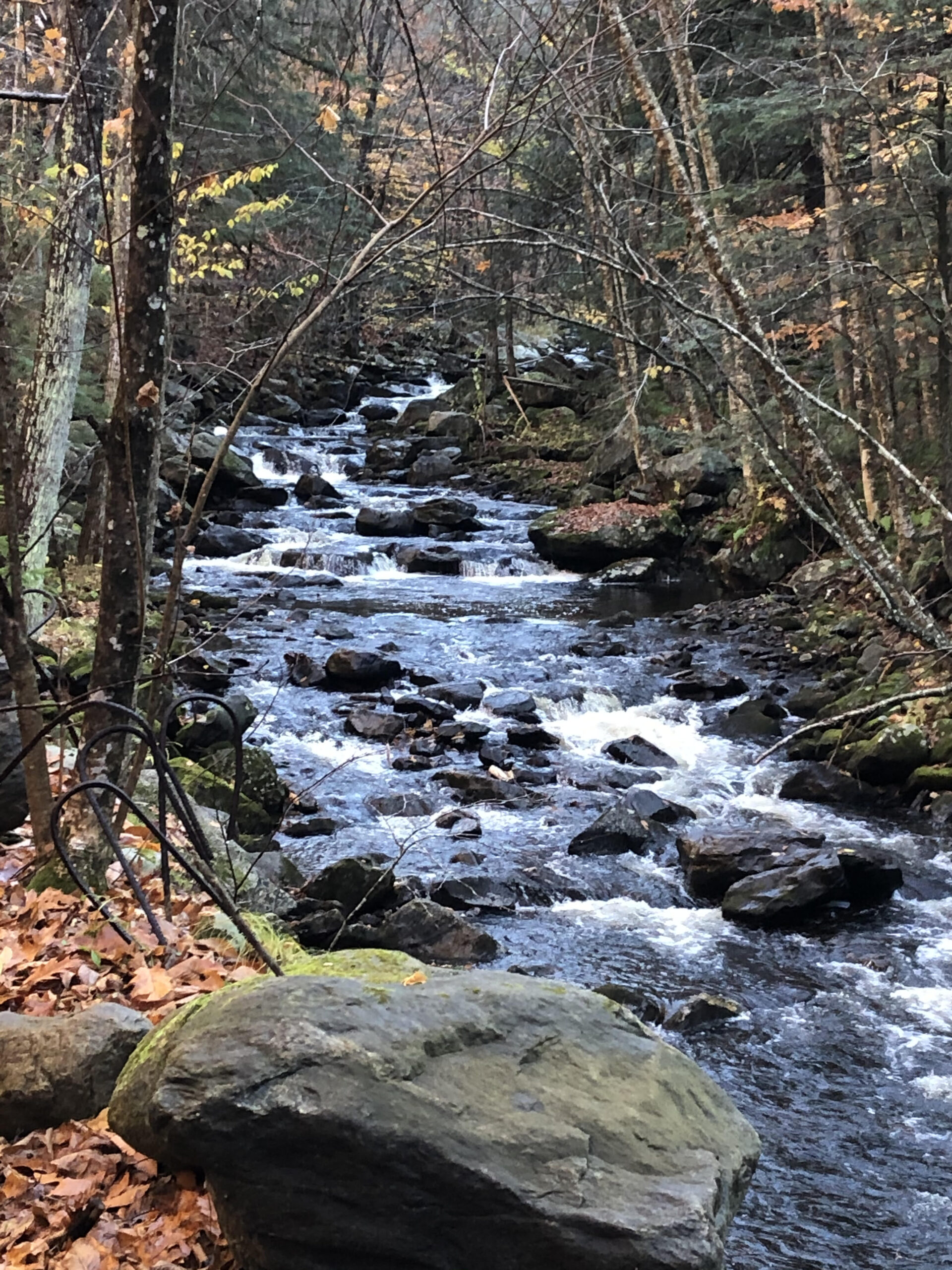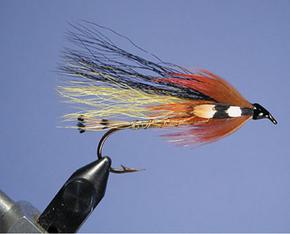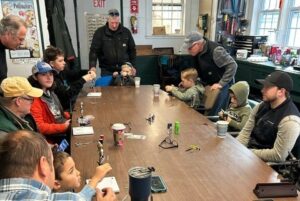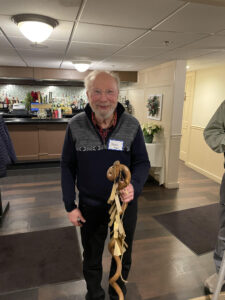The MassWildlife Preliminary Deer Harvest Summary indicates the 2023 hunting season had a statewide harvest of 15,520 deer, which was a decline of approximately 2% from the record-setting 2022 season. MassWildlife feels that the poor weather conditions during much of the archery and primitive firearms seasons lowered the overall harvest, which likely would have set a new record if it were not for those poor conditions. In spite of these conditions, there were new record harvests in Zones 9 (Worcester area) and 14 (Nantucket) and a record number of deer were harvested by participating youth on Youth Deer Hunt Day.
Statewide, the Youth Deer Hunt Day yielded 142, the Paraplegic Hunt yielded 10, Archery yielded 6,385, Shotgun yielded 6,118 and the Primitive Firearms yielded 2,865.
The statewide harvest percentages by hunting implements used were as follows: Bow/crossbow -46%, shotgun – 34% and muzzleloader – 21%.
The statewide breakdown by harvest sex of the 15,520 deer were as follows: 8,858 were adult bucks, 5,610 were does and 1,052 were buck fawns.
The following is the breakdown by Wildlife Management Zone and by seasons. I am listing only the figures for the area west of the Connecticut River (WMZs 1 through 4, our area). Some 2,323 deer were taken in the Western District.
Zone 1: 5 deer were taken by paraplegics or youth (P/Y), 94 by archery, 151 by shotgun and 57 by primitive arms totaling 307.
Zone 2: 28 taken by P/Y, 177 by archery, 241 by shotgun and 80 by primitive arms totaling 526.
Zone 3: 7 taken by P/Y, 166 by archery, 264 by shotgun and 111 by primitive arms totaling 548.
Zone 4N: 13 taken by P/Y, 191 by archery, 256 by shotgun and 121 by primitive arms totaling 581.
Zone 4S: 9 taken by P/Y, 139 by archery, 149 by shotgun and 64 by primitive arms totaling 361.
Just to give you an indication of how large the deer herd is in the eastern part of the state, Zone 9 yielded 1,458 deer, Zone 10 yielded 2,602, Zone 11 yielded 4,152 and Zone 14 yielded 879.
Big buck harvested
Included in the above Zone 3 archery figures was Matt Heppleston’s 175 lbs. (field dressed) eleven-point buck that he got on November 24 while bow hunting in a non-disclosed area. It had a measured beam of 23 ¼ inches.
Usually, he hunts from a tree stand but on that day he was hunting from the ground. After a while, he could smell a buck. He tried to lure it in with a few grunts and he heard some thrashing a short distance away. He gave a short wheeze sound and the deer came toward him about 35 yards away. That’s when he let the arrow fly. The deer ran about 15 yards and dropped. Shortly thereafter, Matt had “a small army of family and friends showed up for pictures and the drag.” It was only a couple hundred yards to drag it out.
The deer was entered into the Pope & Young scoring system and it scored 171 inches. It was named BOWHUNT MA 2023 Buck of the Year. It also was on display at the Northeast Big Buck Club booth at the recent Big E Sportsmen’s Show in West Springfield.
Matt, who grew up in Lee now resides in New Hampshire. Although he has been hunting since he was a young lad, he didn’t start bow hunting until about 5 years ago. This is his first deer taken with a bow.
Was he lucky or a smart hunter? You decide. In February of 2022, he and his buddy Ryan Ruef of Pittsfield found the buck’s shed (dropped antlers) in the woods. They knew that deer was hanging around the area for about 2 years.
In the attached picture, you can see a shed lying on the ground next to the deer. According to Matt, that’s a shed off of the buck’s 2021 rack which they found in February, 2022, “and that started the whole chase.”
The deer head and shoulder will be mounted by Wild Art Taxidermy in Berlin, CT. Matt figures that deer will provide meat for him and his family for a couple of years.
Hunters share their venison
According to MassWildlife, 74 generous hunters donated venison through the Hunters Share the Harvest Program last year. This is equal to about 17,800 nutritious meals for families struggling with food insecurity. The Program also received monetary donations from 22 individuals to help cover the cost of processing and packaging.
The Program has come a long way in just a few years. It was started in 2022 with one venison donation site and one distribution partner. In the pilot year, hunters donated more than 3,000 meals. By the end of 2023, three processing locations and five food distribution organizations had joined the effort.
“Hunters play an important role in conserving our forests and providing food to our communities” says MassWildlife. “Regulated hunting can help forests by reducing impacts of overabundant deer. It is estimated that over 15% of Massachusetts households do not have access to sufficient food to meet their basic needs. So, donations of venison—an organic, lean source of protein—make a big difference.”
At the close of this successful season, MassWildlife thanks everyone who contributed and spread the word about Hunters Share the Harvest including:
- Haskins Custom Butchering, Ventura’s Meat Market, and the Country Butcher for processing deer donations
- Massachusetts Military Support Foundation Inc., Daniel’s Table, Herring Pond Wampanoag Tribe, Wampanoag Tribe of Aquinnah, and Worcester County Food Bank for distributing venison to those in need
- The Berkshire County League of Sportsmen joined 21 individual donors and the following in sponsoring packaging and processing costs. In addition to the BCLS, the Mass Conservation Alliance, Mass Audubon, Massachusetts Outdoor Heritage Foundation, Middleboro Sportsmen’s Club, Plymouth County League of Sportsmen, Safari Club International New England Foundation, Schwab Charitable Foundation, Somerset Sportsman’s Club, and the Worcester County League of Sportsmen Clubs gave monetary, equipment, and logistic support.
MassWildlife plans to expand the Program in the coming years, here’s how you can help:
- Financially support MassWildlife’s Hunters Share the Harvest program with a monetary donation to the Massachusetts Outdoor Heritage Foundation. Your donation will help cover the processing and packaging costs for donated meat. A donation of $50 will provide about 75 servings of meat for families in need.
- Consider donating your harvest or a portion of your deer next season. Visit mass.gov/ShareTheHarvest to learn more.
Meat processors, food pantries, hunger relief agencies, or other organizations who want to participate in MassWildlife’s Hunters Share the Harvest program in the future should contact Martin Feehan, MassWildlife’s Deer and Moose Project Leader.
2023 wild turkey harvest
Based upon information provided by David Scarpitti, MassWildlife Biologist and information obtained off of the MassWildlife web site, 3,113 wild turkeys were harvested in 2023. The spring harvest was 2,965 (2,128 adult males, 825 juvenile males, 11 bearded hens). Some 389 birds were harvested in the Berkshires.
Some 148 were taken in the fall (81 males, 66 females). Regarding the sex breakdown, Scarpitti says you can take the fall sex breakdown with a grain of salt as hunters are pretty lousy at sexing juvenile birds. But in general, its usually close to a 50:50 breakdown in the harvest.
The spring harvest was the 4th highest harvest in the history of Massachusetts spring turkey hunting since 1980. Youth hunters harvested 117 turkeys which was the highest all time youth day harvest recorded.
The statewide fall harvest was quite different. The 148 birds harvested was low compared to the average which is usually around 200. Scarpitti felt that because it was very wet last summer, it could have compromised brood production, which is usually what drives fall harvest.
About 2/3’s of the harvest was taken with archery equipment, which has become fairly standard.
Small game hunting seasons over
The Coyote and Bobcat hunting seasons ended on Friday, March 8.
The Cottontail Rabbit, Snowshoe Hare, Gray Squirrel, and Fox hunting seasons ended on February 29. Oil up your guns and safely lock them away in your gun cabinet. Remember to lock your ammo in a separate location. Unless you plan to do some target, skeet or trap shooting, the next time you will probably be picking up your shotguns again is in April, when the Spring Wild Turkey hunting season opens on April 29.

